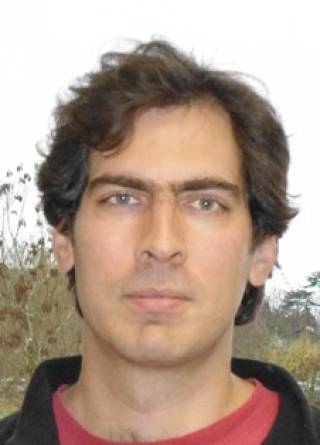Material sciences, climate sciences, rheology, polar observations, sea ice
Associate Professor in Polar Observation & Modelling

Appointment: | Room: |
|---|---|
| Associate Professor in Polar Observation & Modelling | Kathleen Lonsdale, 301B |
Courses Taught: | |
| GEOL0022: Ocean Physics and Climate Change | |
| GEOL0013: Principles of Climate | |
Research Group(s): | |
| Polar Research CPOM Centre for Polar Observation and Modelling | |
Email Address: | Telephone Number: |
| m.tsamados@ucl.ac.uk | 020 3108 6319 (56319) |
Research Summary
My main current interest lies in understanding the climate of the polar regions from a combined modelling and remote sensing perspective. My dual expertise gives me a unique perspective on the complexity of this component of our climate system. Since being appointed a Lecturer and promoted to Associate Professor in the department of Earth Sciences at UCL, I have been working towards developing state of the art satellite products in the polar regions as well as improving model parameterizations of sea ice. Building on the pioneering work of colleagues at UCL at the Centre for Polar Observation and Modelling (CPOM) my work has to date led to the development of a suite of products ranging from significant wave height, ocean geostrophic currents, snow on sea ice, sea ice roughness and melt ponds, to the first summer sea ice thickness product. More recently, as part of my affiliation with the Alan Turing Institute and the Met Office Academic Partnership (MOAP), I have initiated several activities relating to AI applications to the polar climate and remote sensing.
In my earlier career (PhD and first Postdoc) I was also interested in understanding the flow (or rheology) of complex systems. I have studied a wide range of materials from the atomic scale (glassy disordered materials) to the geophysical scale (sea ice). While often of fundamental nature my research is always intended to address practical challenges in both the field of material sciences and climate sciences. This dual approach in my research, fundamental and applied, is very clearly evidenced in my recent work in the construction and analysis of new mathematical models of physical processes in the sea ice component of the general circulation models (GCMs) which combines the development of fundamental new theory and numerical simulations with field measurements and remotely-sensed observations.
 Close
Close

